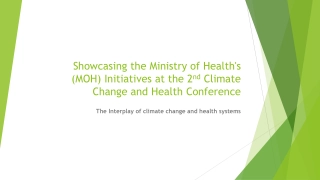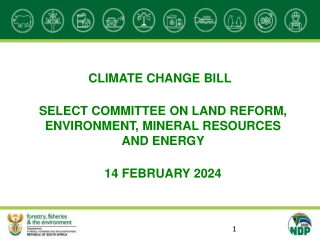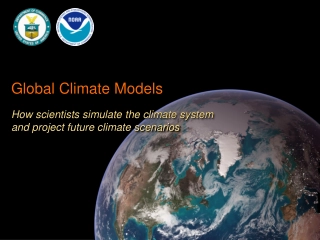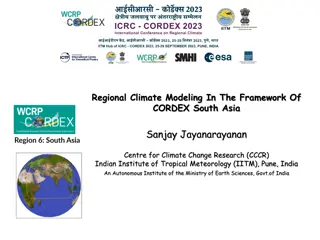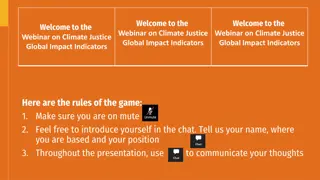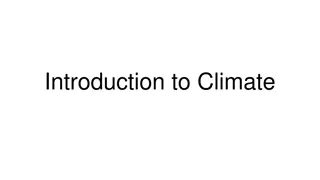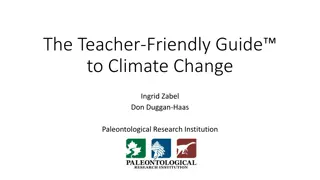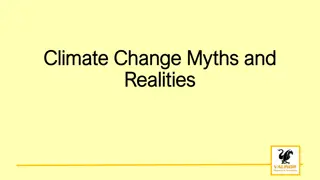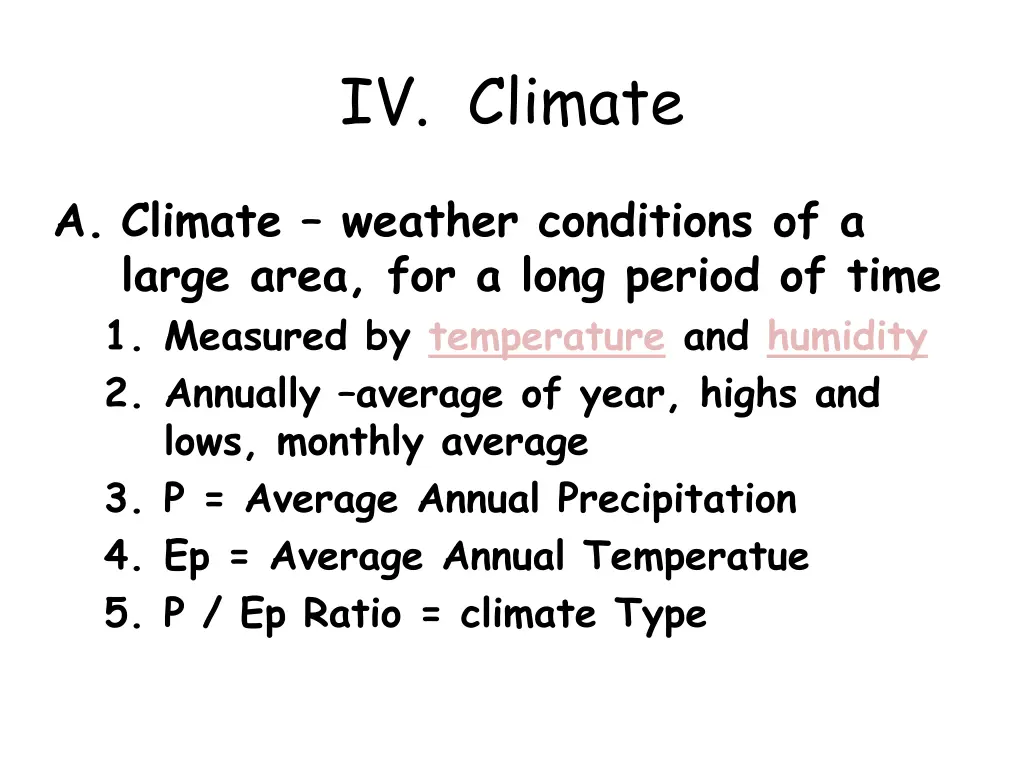
Understanding Climate and Geographic Influences
Explore the factors that shape climate, including latitude, altitude, mountain ranges, bodies of water, and wind patterns. Learn how these elements contribute to the weather conditions of various regions over time. Gain insights into the impact of geographical features on temperature, precipitation, and climate types.
Download Presentation

Please find below an Image/Link to download the presentation.
The content on the website is provided AS IS for your information and personal use only. It may not be sold, licensed, or shared on other websites without obtaining consent from the author. If you encounter any issues during the download, it is possible that the publisher has removed the file from their server.
You are allowed to download the files provided on this website for personal or commercial use, subject to the condition that they are used lawfully. All files are the property of their respective owners.
The content on the website is provided AS IS for your information and personal use only. It may not be sold, licensed, or shared on other websites without obtaining consent from the author.
E N D
Presentation Transcript
IV. Climate A. Climate weather conditions of a large area, for a long period of time 1. Measured by temperature and humidity 2. Annually average of year, highs and lows, monthly average 3. P = Average Annual Precipitation 4. Ep = Average Annual Temperatue 5. P / Ep Ratio = climate Type
1. Latitude a. Latitude determines Angle of Insolation b. The higher the latitude, the lower the Angle of Insolation c. Higher Latitudes = Colder Temperatures d. Lower Latitudes = Warmer Temperatures
2. Altitude / Elevation a. An increase in altitude, decrease in temperature. b. Higher altitudes tend to have more moisture.
3. Mountain Ranges a. Adiabatic Lifting = cooling b. Air rises on the windward side c. Air sinks on the Leeward side d. Windward side of the mountain cool and moist e. Leeward side of the mountain hot and dry
WINDWARD SIDE COOL, MOIST CLIMATE LEEWARD SIDE HOT AND DRY Condensation, clouds, precipitation Air sinks Expands & cools Compresses & warms Air rises
4. Oceans or Large Bodies of Water a. Humid, marine climate (temperature will be moderated) b. Less of a temperature range c. Cooler summers, warmer winters
5. Middle of the continent- (Landlocked) a. Will be continental climate (extreme temperatures) b. Land Heats up and cools off fast c. Greater temperature range d. Hotter summers, colder winters
6. Planetary Wind Belts- a. Drive weather systems b. Storm tracks follow planetary wind belts
7. Surface Ocean Currents- a. Page 4 in Earth Science Reference Table b. Can bring cool water therefore cool down c. Can bring warm water to cooler areas therefore warm up
Climate Types: P/Ep Ratio Climate Type Less Than .4 Arid 0.4 0.8 Semiarid 0.9 1.2 Subhumid Greater Than 1.2 Humid

